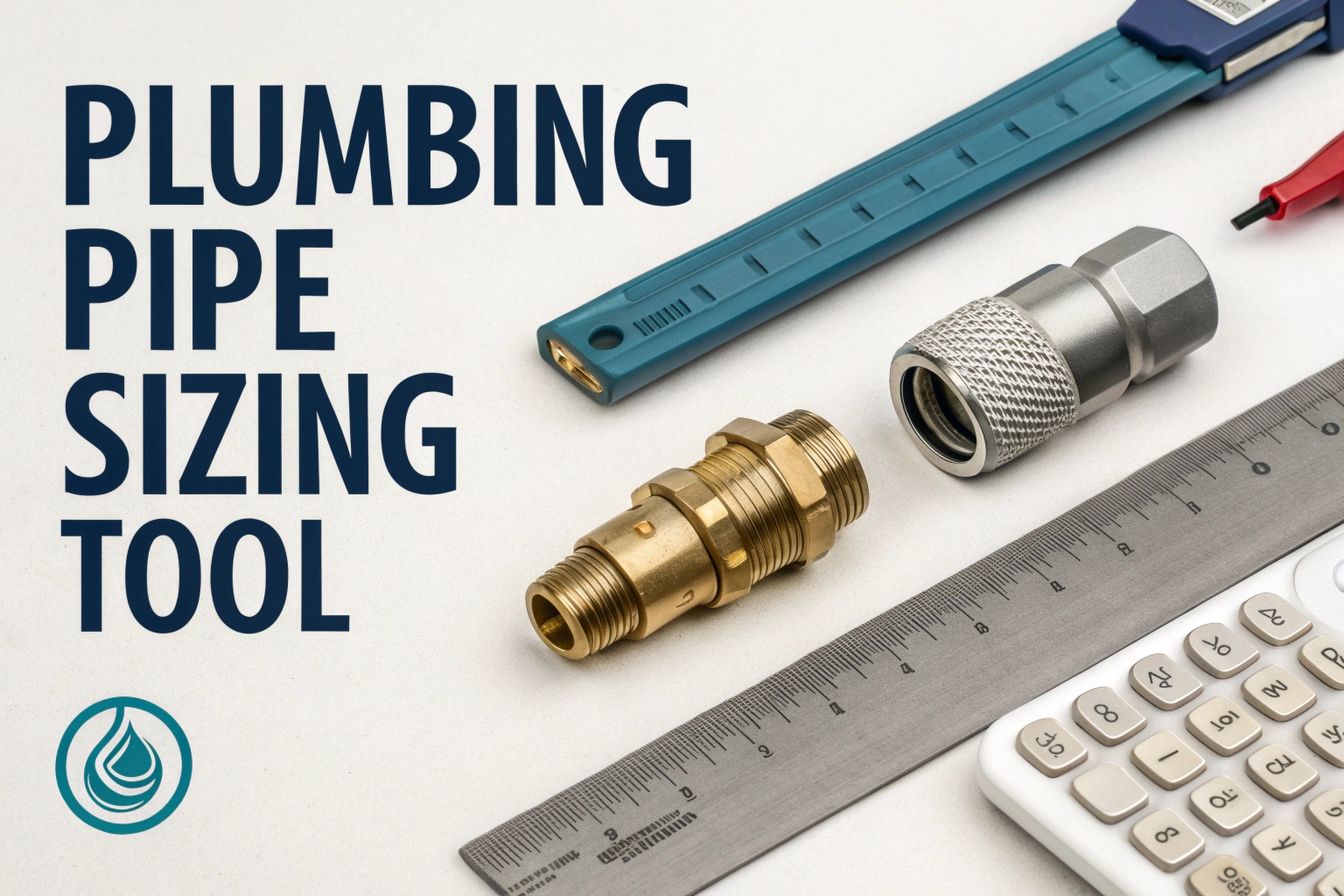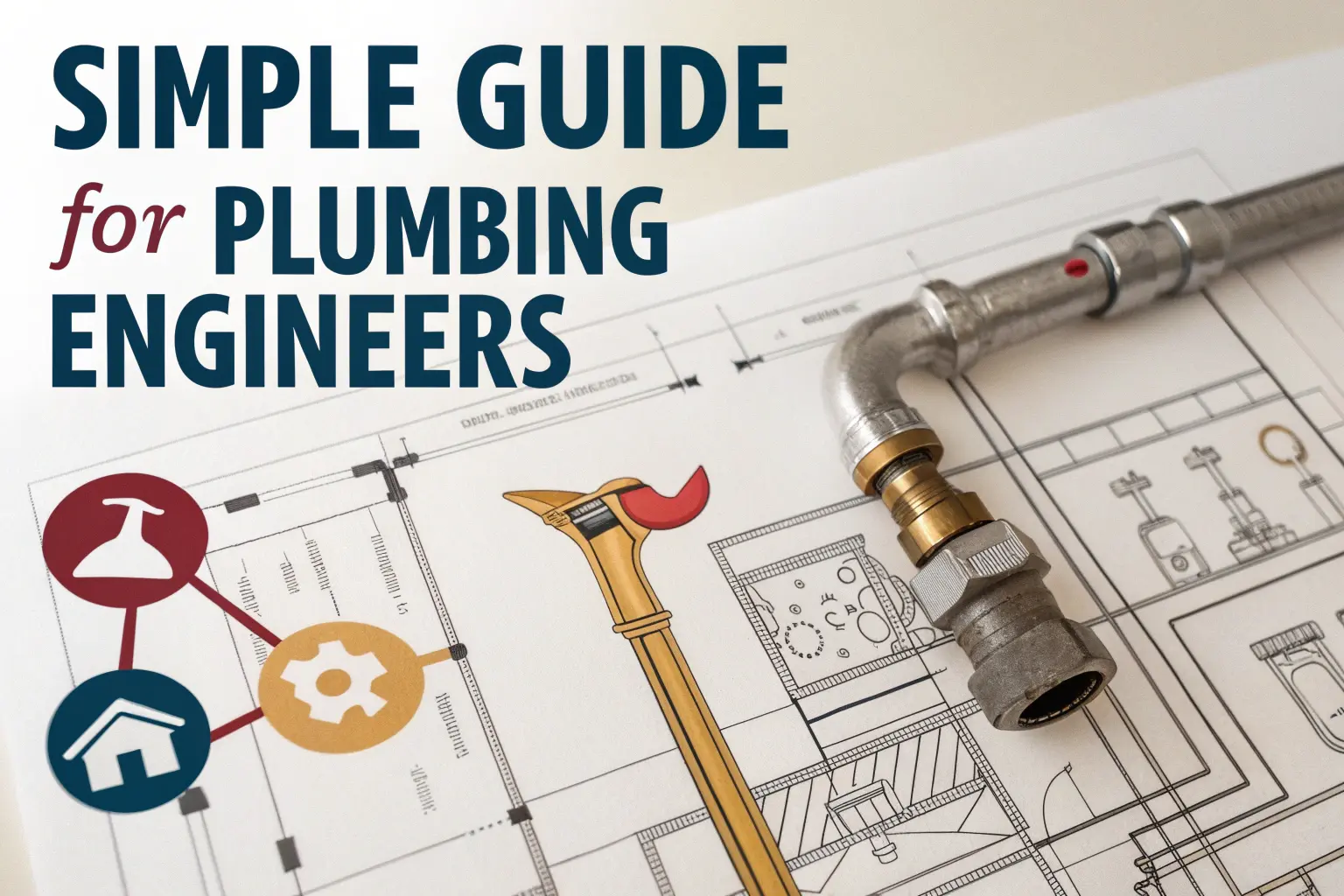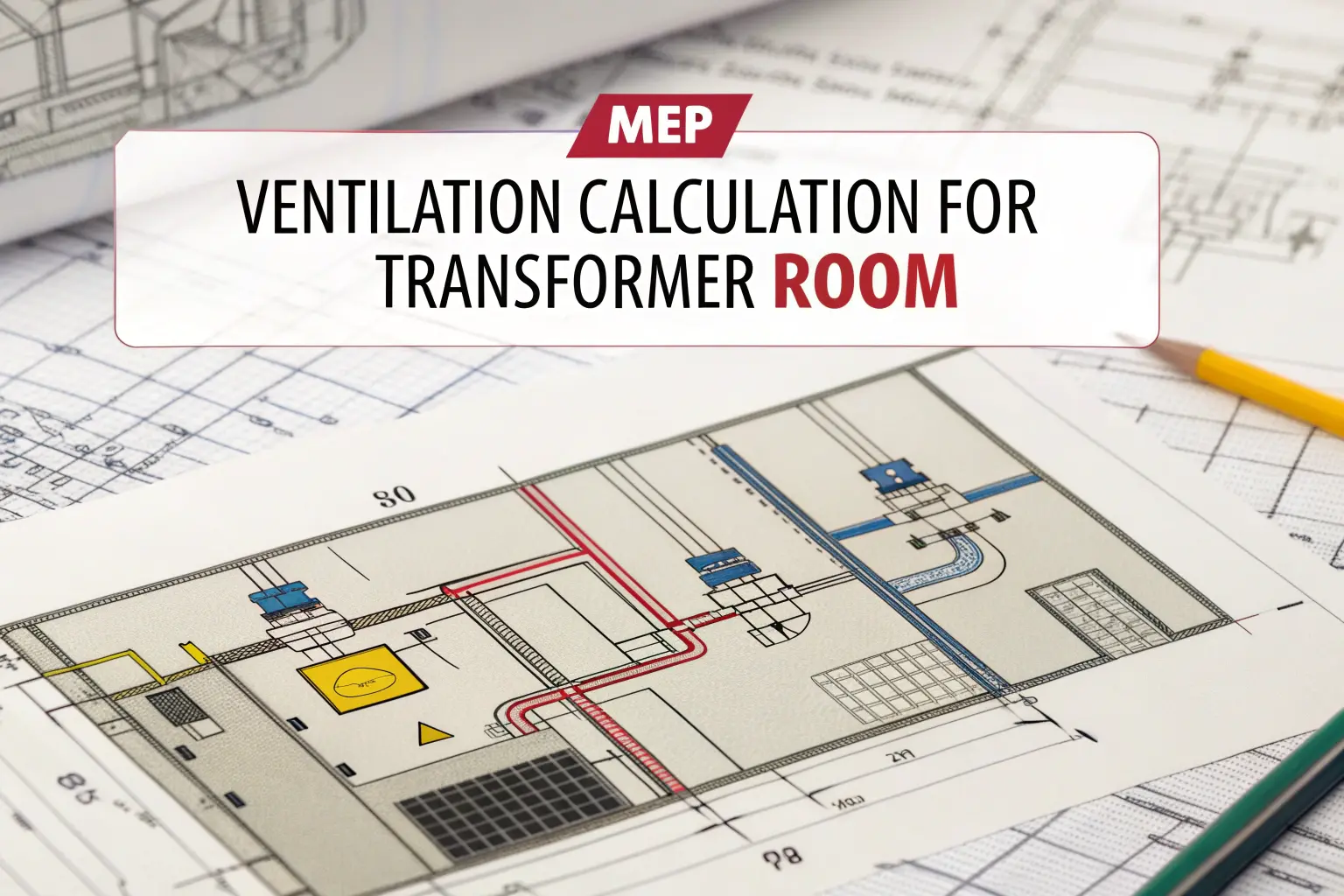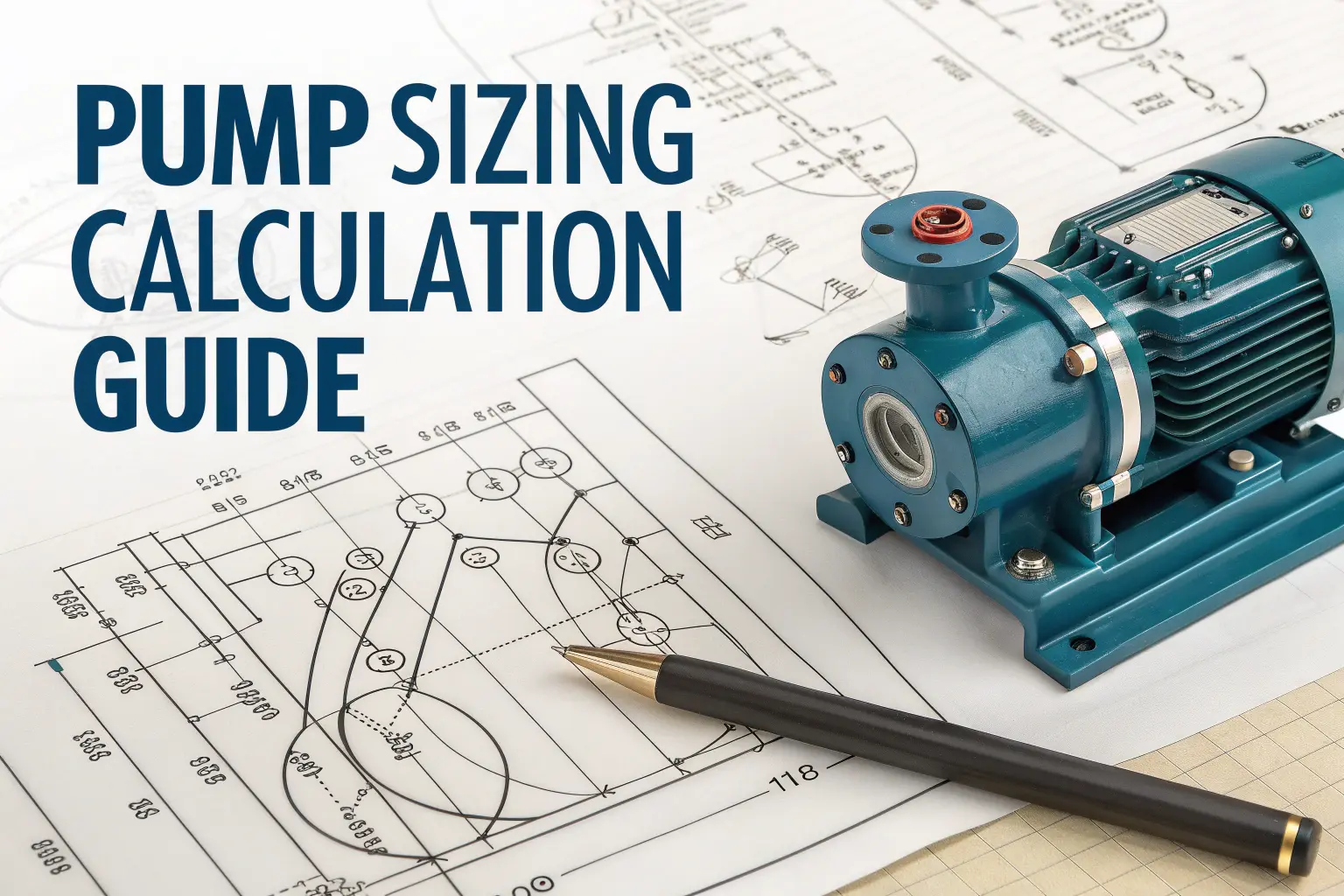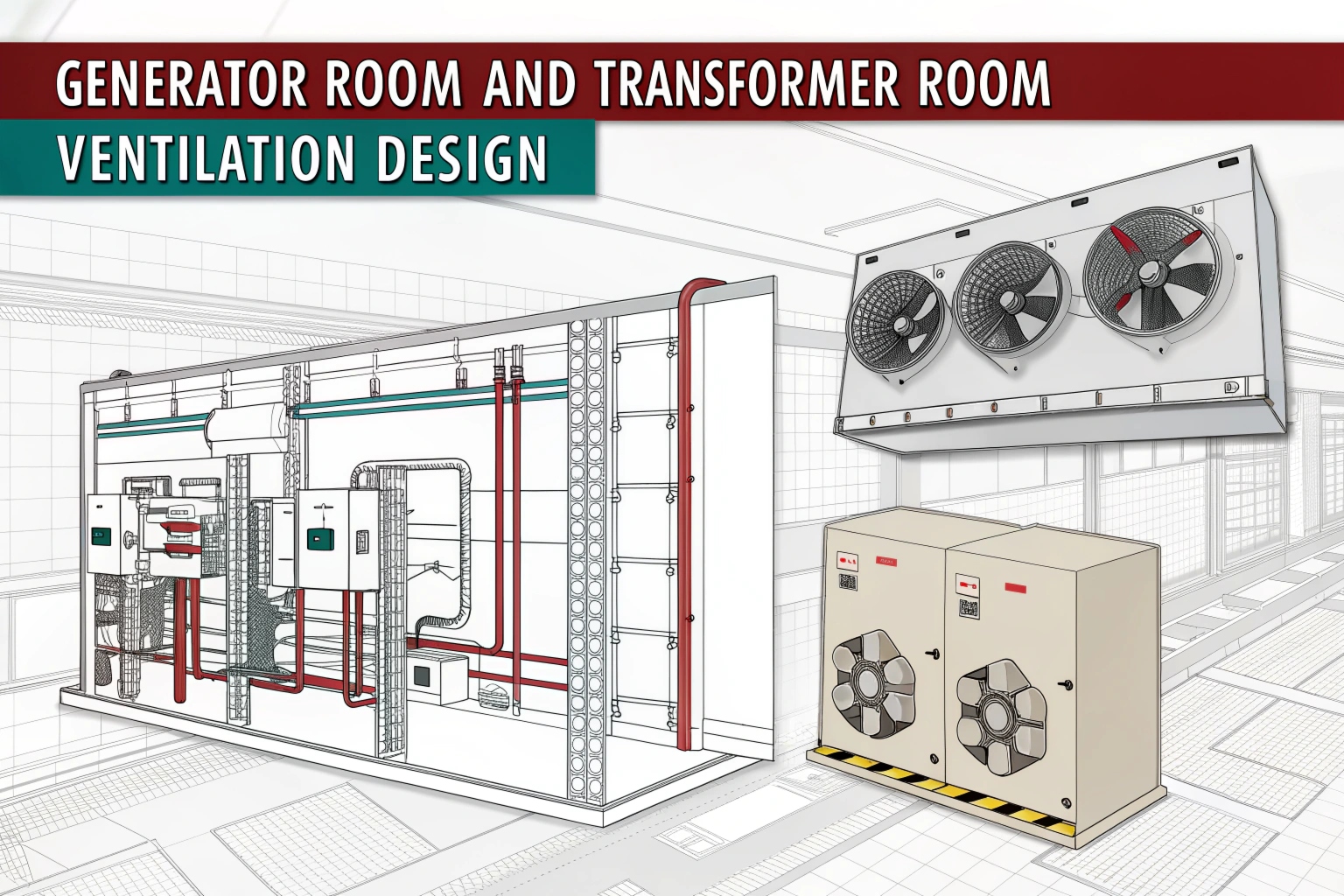What Is a PIN Diode Made Of?
A PIN diode has three parts:
- P-type (positive layer)
- I-type (intrinsic or middle layer)
- N-type (negative layer)
This diode differs because the middle layer (I) contains no additional charges. This design minimizes undesired signals while assisting the diode in handling high voltages and quick switching.
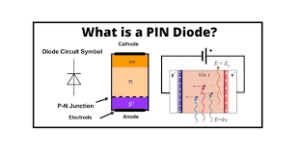
How Does a PIN Diode Work?
In forward bias:
The middle layer is filled with charge carriers when the current flows in the proper direction. As a result, there is less resistance and easier current passage across the diode.
In reverse bias:
The middle layer stops the current from flowing oppositely. As a result, the diode functions as an insulator. It’s excellent for switching circuits because of this capability.
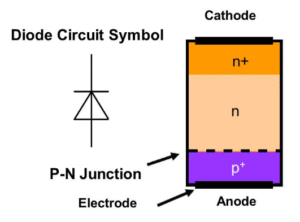

Main Features and Benefits
- Ideal for use with radios and microwaves, it operates well at high frequencies.
- Light sensors are used because the middle layer is effective at sensing light.
- Quick switching: It switches on and off rapidly.
- Low noise: Very few undesired electrical impulses are produced.
Disadvantages of PIN Diode
- Unsuitable for high current: It is unable to handle high current levels.
- Requires higher voltage: For certain applications, a higher voltage is necessary.
- Requires space: Due to the middle layer, it is larger than standard diodes.
- Slower than the Schottky diode: It may operate a little more slowly in some circuits.

Conclusion
A unique kind of diode found in many modern devices is the PIN diode. It functions effectively in high-frequency, light-sensitive, and quick applications thanks to its special three-layer construction. Despite its low current handling capacity, it remains a highly valuable component in electronics.
❓ Frequently Asked Questions (FAQs)
- What is a PIN diode?
A PIN diode is an electronic part with three layers (P, I, and N) used for switching, sensing light, and working at high frequencies. - How is it different from a regular diode?
It has a middle “I” layer, which helps in high voltage and fast switching. - Where is it used the most?
It’s used in radios, light sensors, and microwave circuits. - Can it handle large amounts of current?
No, it’s better for low-current applications. - Is it good for high-speed circuits?
Yes, it works well in fast-switching and high-frequency systems.
Expand your knowledge today! Read our next blog post here!



